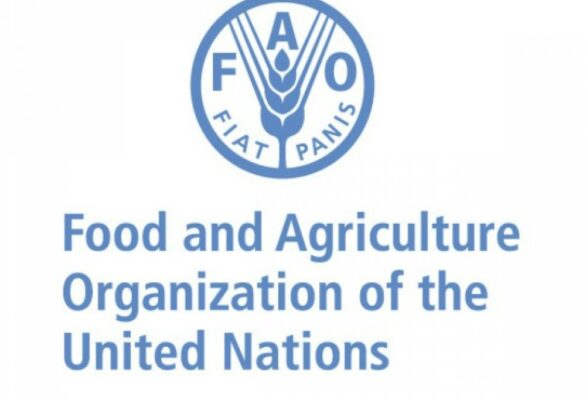GLOBAL food prices declined by 2.1 percent in 2024 compared to the previous year, according to data from the Food and Agriculture Organisation (FAO) of the United Nations.
However, prices remain substantially higher than pre-pandemic levels, reflecting continued challenges in global food systems.
The FAO Food Price Index, which monitors international prices of a basket of food commodities, averaged 122.0 points in 2024, marking a decrease of 2.6 points from its 2023 average. Despite this annual decline, food prices surged throughout the year, rising 6.7 percent from 117.6 points in January to 127.0 in December. This upward trajectory was largely driven by increases in the prices of meat, dairy products, and vegetable oils.
While prices eased slightly year-on-year, they remain approximately 26 percent higher than five years ago. The FAO noted that the economic aftershocks of the COVID-19 pandemic initially caused prices to dip due to trade restrictions but were followed by sharp increases driven by inflation as economies recovered.
Significant drops in cereal and sugar prices contributed to the overall annual decline in food costs. Cereal prices fell by 13.3 percent, while the FAO Sugar Price Index dropped by 13.2 percent, compared to 2023. However, these reductions were counterbalanced by a 9.4 percent rise in the Vegetable Oil Price Index, fueled by heightened demand and supply constraints.
Russia’s invasion of Ukraine in 2022, which disrupted wheat exports from two of the world’s leading suppliers, pushed food prices to record highs. Stabilisation efforts allowed prices to ease until early 2024, when inflationary pressures and other market dynamics reignited upward trends.
The FAO’s findings underscore the volatility of global food markets and the need for sustained efforts to stabilise prices and enhance food security in the face of persistent economic and geopolitical challenges.
READ ALSO: 2025: Economy will face sluggish growth, create tension, food shortage







